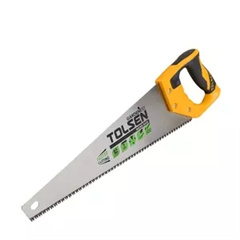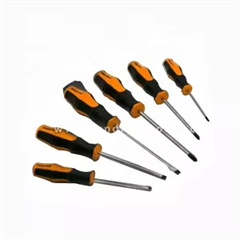Antique knife collecting is a fascinating hobby that involves the appreciation, study, and collection of vintage and historical knives. Antique knives not only provide a glimpse into the craftsmanship of the past but also carry cultural, historical, and artistic significance. Here’s a guide to help you explore the world of antique knife collecting:
- Research and Education:
- Start by learning about different types of antique knives, their historical contexts, and the materials and techniques used in their production.
- Books, online resources, knife forums, and collector groups can provide valuable information for your education.
- Selecting a Focus:
- Antique knives come in various styles, periods, and regions. Consider narrowing down your focus to a specific type, era, or region that interests you the most.
- Popular categories include pocket knives, hunting knives, military knives, folding knives, and traditional knives from specific cultures.
- Identifying Authenticity:
- Authenticity is crucial in antique knife collecting. Learn how to identify genuine antique knives from reproductions or modern replicas.
- Look for telltale signs of age, such as patina, wear, and distinctive craftsmanship.
- Condition and Preservation:
- Antique knives can vary in condition. Some collectors prefer knives in pristine condition, while others appreciate those that show signs of use and history.
- Proper storage, cleaning, and preservation techniques are important to maintain the integrity of your collection.
- Networking and Connecting:
- Joining knife collector forums, attending knife shows, and connecting with fellow collectors can provide opportunities to share knowledge and find unique pieces.
- Authentication and Appraisal:
- For valuable or rare pieces, consider seeking professional authentication or appraisal services to ensure you’re making informed decisions.
- Buying and Acquiring:
- Antique knives can be found at antique shops, auctions, estate sales, and online platforms specializing in vintage items.
- Research market values and compare prices to ensure you’re paying a fair price for the knives you acquire.
- Documentation and Records:
- Keep records of each knife in your collection, including information about its origin, history, provenance, and any relevant documentation.
- Legal Considerations:
- Be aware of laws and regulations regarding the purchase, sale, and possession of antique knives in your region.
- Display and Enjoyment:
- Display your antique knives in a way that showcases their beauty and historical significance. This could include shadow boxes, display cases, or framed collections.
- Regularly engage with your collection, appreciating the unique stories and craftsmanship behind each knife.
- Sharing Your Collection:
- Sharing your collection with friends, family, or fellow collectors can be a rewarding experience, as it fosters appreciation for the history and artistry of antique knives.
Antique knife collecting is not just about accumulating items; it’s a journey through history and craftsmanship. It requires patience, research, and a genuine passion for the art of knife making from bygone eras. As you build your collection, you’ll gain insights into different cultures, historical periods, and the evolution of design and technology in the world of knives.



































